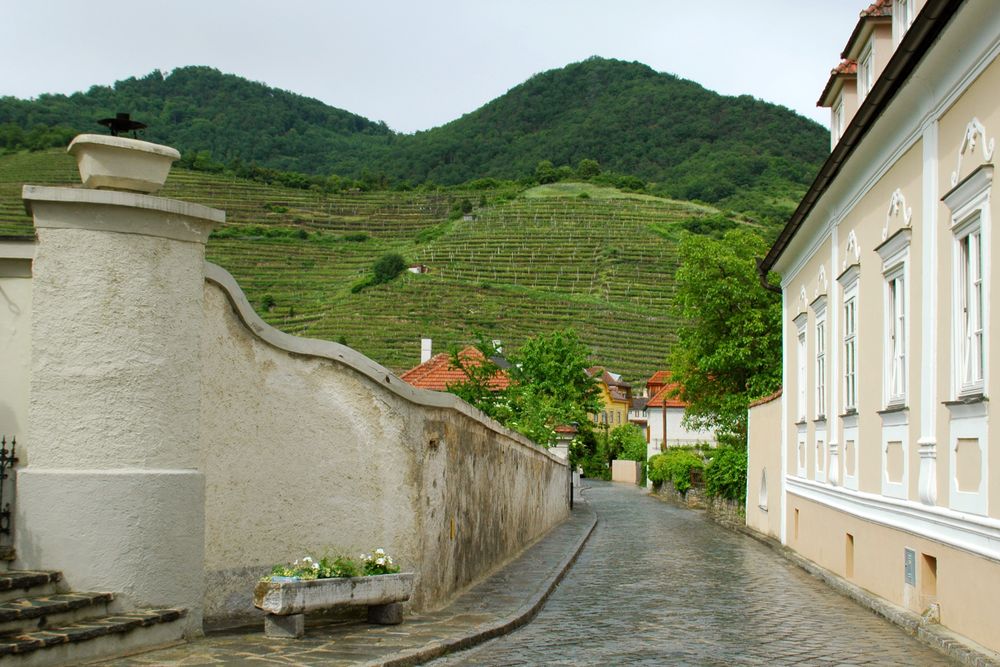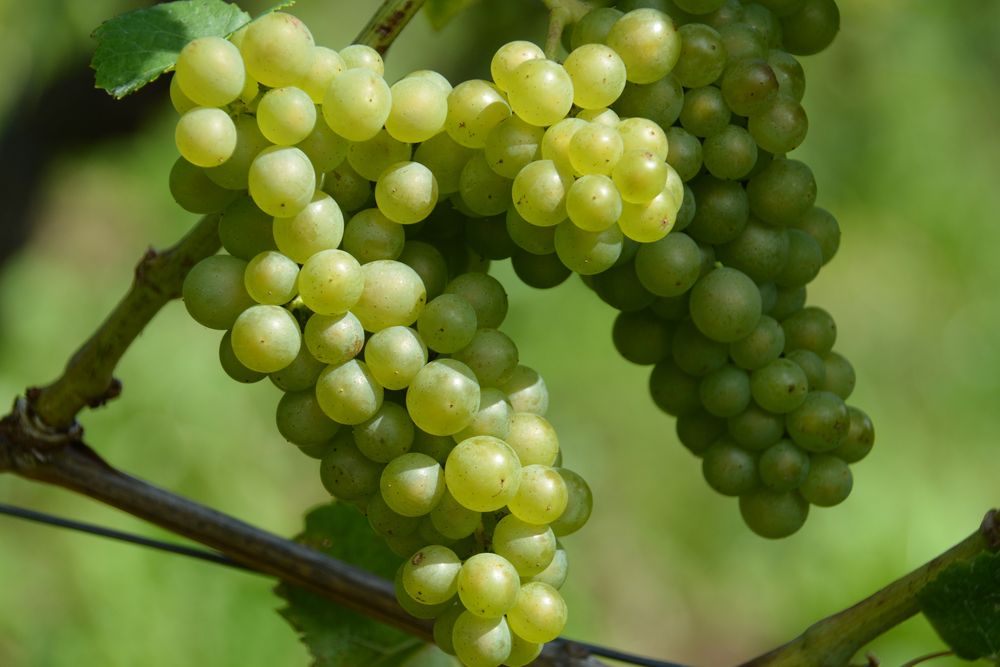
Viticulture at the Danube Cycle Path begins in the Wachau Region, in the small village of Willendorf and reaches all the way to the suburbs of the metropolis Vienna. The distance between the two places is only 115 kilometres, but due to various different soils and microclimates very diverse wines are produced here. Maybe the Celts were the first to cultivate vines in this region, but it is certain that the Romans introduced large-scale viticulture. These regions are distinguished according to geographic factors and wine regulations:
Wachau Region
Partly extremely steep slopes on mineral gneiss soil. The climate is at the interface of Atlantic and Pannonian influences. Strongly diverging day and night temperatures characterise the wines from the Wachau region, which have been noted for their outstanding quality since the middle-ages. Riesling and Grüner Veltliner are the main grape varieties, but you can also find Neuburger and Muskateller. Following the 1985 diethylene glycol wine scandal, the winemakers’ association ‘Vinea Wachau’ took a leading role in the restructuring and created their own, strict quality control system. The wines have enjoyed an excellent reputation, as ‘Steinfeder’, ‘Federspiel’, or ‘Smaragd’, ever since. You can find more information including a vineyard map and the Codex Wachau at www.vinea-wachau.at. To find winemakers on your journey, there is a smartphone app, which can be found at: mywachau.at.

Kremstal Valley
The Kremstal Valley has a similar climate and terroir (along the Danube) and is located to the East on both banks on the Danube. Here too Grüner Veltliner and Riesling are the main grape varieties and are marketed as DAC wines (Districtus Austriae Controllatus). You can find detailed information at www.kremstal-wein.at.

Wagram Wine-growing Region
The Wagram Region stretches from Klosterneuburg to the city gates of Vienna and is very different from the previous wine regions. Its vineyards are not located directly on the Danube Cycle Path and deep loess soil and less pronounced fluctuations in temperature give the Grünen Veltliner a very different character. Here you can also find Roter Veltiner white wine, which can be stored for a long time. The Blauer Zweigelt and Blauburgunder prove that the Wagram is also an excellent red wine region. The monastery Klosterneuburg is an important winery; its wine cellars reach 4 storeys deep into the earth.
www.stift-klosterneuburg.at

Wine region Vienna
Vienna and Heuriger Wine Taverns are inextricably linked. For a few years not only very good everyday wines have been produced, but Vienna can also boast wines of the highest quality. Calcareous soils in the North of the city are the basis for Riesling, Weißburgunder and Chardonnay. Black earth soils in the South bring fourth diverse white and red wine varieties. The winemakers especially focus on the ‘Wiener Gemischter Satz‘. These wines comprise at least 3 different types of wines and are marketed as DAC wines. For more information see www.wienerwein.at
Here you can find detailed information on Austrian wines:
www.oesterreichwein.at